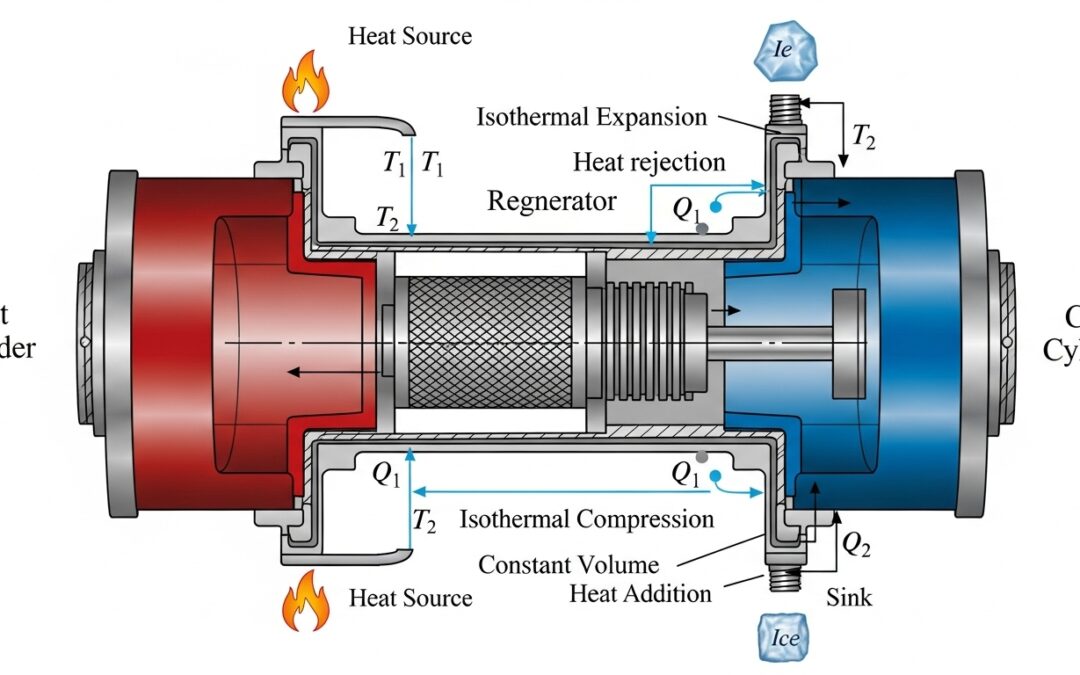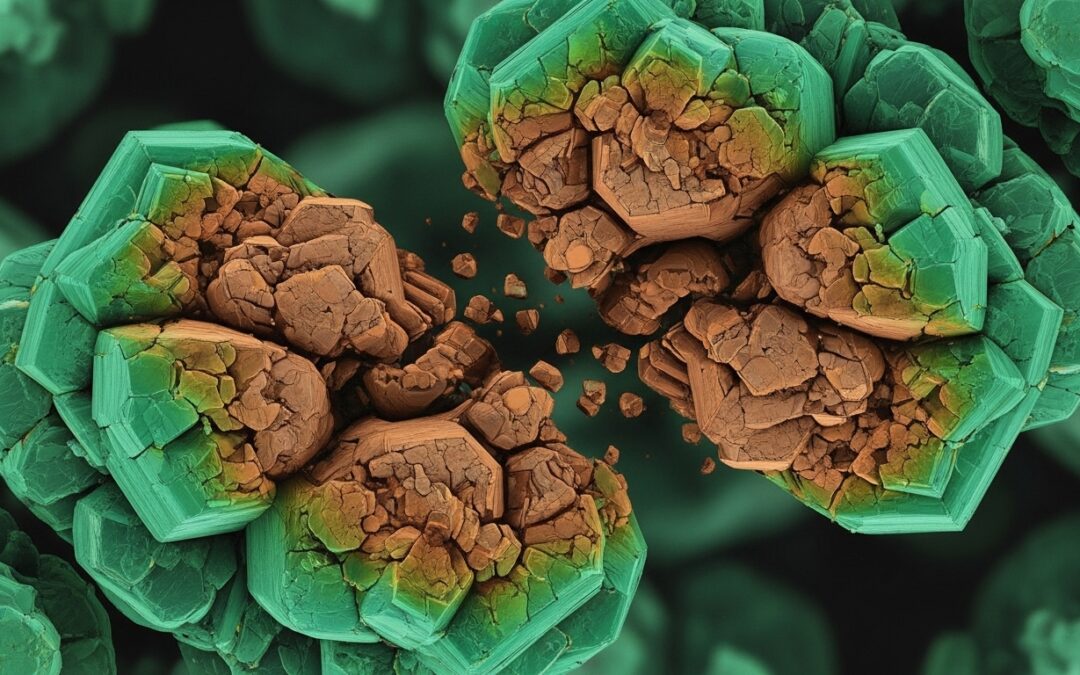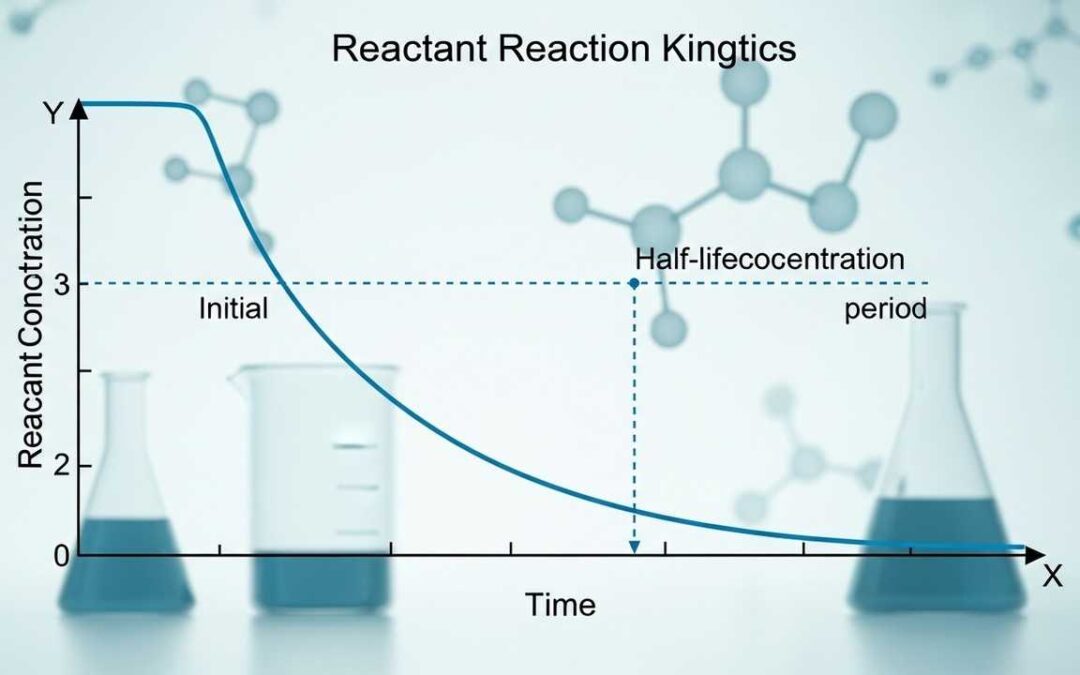Mastering the ideal gas law application is a fundamental step in understanding the behavior of gases in chemistry and physics. This guide will break down the ideal gas law, showing you how to use it to solve real-world problems. You’ll learn to apply the equation ##PV = nRT## with confidence, tackling various scenarios involving pressure, volume, temperature, and moles.
Table of Contents
- Understanding the Ideal Gas Law
- Solving a Real-World Problem: Calculating Gas Volume
- Numerical Problems
- Problem 1: Pressure Calculation
- Problem 2: Temperature Calculation
- Problem 3: Mole Calculation
- Problem 4: Volume Calculation
- Problem 5: Combined Gas Law
- Ideal Gas Law Problems — PV = nRT
- Problem 1: Pressure Calculation
- Problem 2: Temperature Calculation
- Problem 3: Mole Calculation
- Problem 4: Volume Calculation
- Problem 5: Combined Gas Law (Isothermal Change)
- Summary Table
- Key Takeaways
Read More
Understanding the Ideal Gas Law
The ideal gas law, represented by the equation ##PV = nRT##, is a cornerstone of thermodynamics. It elegantly links pressure, volume, number of moles, the gas constant, and temperature. This law is a powerful tool for understanding how gases behave under different conditions, enabling you to predict changes in volume, pressure, or temperature when other variables are altered. It provides a simplified model of gas behavior.
The Components of the Ideal Gas Law
The ideal gas law comprises several key components. ‘P’ represents pressure, measured in atmospheres (atm) or Pascals (Pa). ‘V’ stands for volume, typically measured in liters (L) or cubic meters (m³). ‘n’ is the number of moles of the gas, a measure of the amount of substance. ‘R’ is the ideal gas constant, with a value of 0.0821 L·atm/(mol·K) or 8.314 J/(mol·K), and ‘T’ is the temperature in Kelvin (K).
Assumptions and Limitations
The ideal gas law is built on certain assumptions, such as that gas molecules have negligible volume and experience no intermolecular forces. While useful, these assumptions limit its accuracy, especially at high pressures or low temperatures, where real gases deviate from ideal behavior. Real gases exhibit more complex behavior. Understanding these limitations is crucial for using the ideal gas law effectively.
Solving a Real-World Problem: Calculating Gas Volume
Let’s apply the ideal gas law to solve a practical problem. Imagine you have 2 moles of an ideal gas at 27°C (300 K) and a pressure of 3 atm. We’ll calculate the volume (V) occupied by the gas. This example will illustrate how to manipulate the ideal gas law to solve for an unknown variable, providing a hands-on approach to understanding gas behavior.
Step-by-Step Solution
First, identify the known variables: n = 2 moles, T = 27°C = 300 K, P = 3 atm, and R = 0.0821 L·atm/(mol·K). The ideal gas law equation is ##PV = nRT##. To find the volume (V), rearrange the equation to ##V = \frac{{nRT}}{P}##. Ensure all units are consistent, and substitute the known values into the equation for accurate calculations.
Calculation and Result
Substitute the values into the rearranged equation: ##V = \frac{{(2 \text{ moles}) \times (0.0821 \text{ L·atm/(mol·K)}) \times (300 \text{ K})}}{3 \text{ atm}}##. Solving this yields V ≈ 16.42 liters. Therefore, 2 moles of this ideal gas will occupy approximately 16.42 liters under the given conditions. This calculation shows the practical utility of the ideal gas law.
Units and Conversions
It is essential to maintain consistent units when using the ideal gas law. Always ensure that pressure is in atmospheres (atm), volume in liters (L), temperature in Kelvin (K), and the gas constant (R) is used with the appropriate units. Conversion factors may be needed to convert between different units. Correct unit conversion is critical for obtaining accurate results.
Numerical Problems
Problem 1: Pressure Calculation
Calculate the pressure exerted by 1 mole of an ideal gas occupying 22.4 liters at 273 K.
Problem 2: Temperature Calculation
Determine the temperature of 0.5 moles of an ideal gas occupying 11.2 liters at 1 atm.
Problem 3: Mole Calculation
How many moles of an ideal gas occupy 5 liters at 2 atm and 300 K?
Problem 4: Volume Calculation
What volume does 0.25 moles of an ideal gas occupy at 2 atm and 300 K?
Problem 5: Combined Gas Law
If the volume of a gas is doubled while the temperature is held constant, what happens to the pressure?
Ideal Gas Law Problems — PV = nRT
We use the ideal-gas equation ###PV = nRT### with ##R = 0.082057\ \text{L·atm·mol}^{-1}\text{·K}^{-1}##. All volumes are in liters (L), pressure in atmospheres (atm), temperature in Kelvin (K), and moles in mol.
Problem 1: Pressure Calculation
Given: ##n=1.0\ \text{mol}##, ##V=22.4\ \text{L}##, ##T=273\ \text{K}##. Find ##P##.
Work: ###P=\dfrac{nRT}{V}=\dfrac{(1)(0.082057)(273)}{22.4}\approx 1.00\ \text{atm}###
Answer: ##1\ \text{atm}##
Problem 2: Temperature Calculation
Given: ##n=0.5\ \text{mol}##, ##V=11.2\ \text{L}##, ##P=1\ \text{atm}##. Find ##T##.
Work: ###T=\dfrac{PV}{nR}=\dfrac{(1)(11.2)}{(0.5)(0.082057)}\approx 273\ \text{K}###
Answer: ##273\ \text{K}##
Problem 3: Mole Calculation
Given: ##P=2\ \text{atm}##, ##V=5\ \text{L}##, ##T=300\ \text{K}##. Find ##n##.
Work: ###n=\dfrac{PV}{RT}=\dfrac{(2)(5)}{(0.082057)(300)}\approx 0.406\ \text{mol}###
Answer: ##0.406\ \text{mol}##
Problem 4: Volume Calculation
Given: ##n=0.25\ \text{mol}##, ##P=2\ \text{atm}##, ##T=300\ \text{K}##. Find ##V##.
Work: ###V=\dfrac{nRT}{P}=\dfrac{(0.25)(0.082057)(300)}{2}\approx 3.077\ \text{L}###
Answer: ##\approx 3.08\ \text{L}## (rounding)
Problem 5: Combined Gas Law (Isothermal Change)
Given: Volume doubles at constant temperature (and moles). For an isothermal ideal gas, ###PV=\text{constant}###, so ###P\propto\dfrac{1}{V}###.
Conclusion: If ##V## doubles, ##P## is halved.
Summary Table
| # | Knowns | Unknown | Computation | Result |
|---|---|---|---|---|
| 1 | ##n=1,\ V=22.4\ \text{L},\ T=273\ \text{K}## | ##P## | ###P=\dfrac{nRT}{V}### | ##1.00\ \text{atm}## |
| 2 | ##n=0.5,\ V=11.2\ \text{L},\ P=1\ \text{atm}## | ##T## | ###T=\dfrac{PV}{nR}### | ##273\ \text{K}## |
| 3 | ##P=2\ \text{atm},\ V=5\ \text{L},\ T=300\ \text{K}## | ##n## | ###n=\dfrac{PV}{RT}### | ##0.406\ \text{mol}## |
| 4 | ##n=0.25,\ P=2\ \text{atm},\ T=300\ \text{K}## | ##V## | ###V=\dfrac{nRT}{P}### | ##\approx 3.08\ \text{L}## |
| 5 | Isothermal, ##V\to 2V## | ##P’## | ###P’V’ = PV \Rightarrow P’ = \dfrac{P}{2}### | Pressure halves |
Key Takeaways
The ideal gas law application is a powerful tool for understanding and predicting the behavior of gases. By mastering the equation ##PV = nRT## and its components, you can solve a wide range of problems in chemistry and physics. Remember to pay close attention to units, conversions, and the limitations of the ideal gas law for accurate results. Keep practicing to solidify your understanding.
| Variable | Symbol | Units |
|---|---|---|
| Pressure | P | atm, Pa |
| Volume | V | L, m³ |
| Moles | n | mol |
| Gas Constant | R | 0.0821 L·atm/(mol·K) or 8.314 J/(mol·K) |
| Temperature | T | K |
We also Published
RESOURCES
- 6.4: Applications of the Ideal Gas Equation – Chemistry LibreTexts
- Gas Laws and Clinical Application – StatPearls – NCBI Bookshelf
- Applications of Ideal Gas Law – GeeksforGeeks
- The Ideal Gas Law and Some Applications – Introductory Chemistry …
- Ideal gas law – Wikipedia
- Under what conditions does the idea gas law apply? : r …
- The Ideal Gas Law and Its Applications
- Does the ideal gas law apply to Earth’s atmosphere? : r/askscience
- Ideal gas law – Energy Education
- What are some real life applications of Ideal Gas Law? – Quora






0 Comments